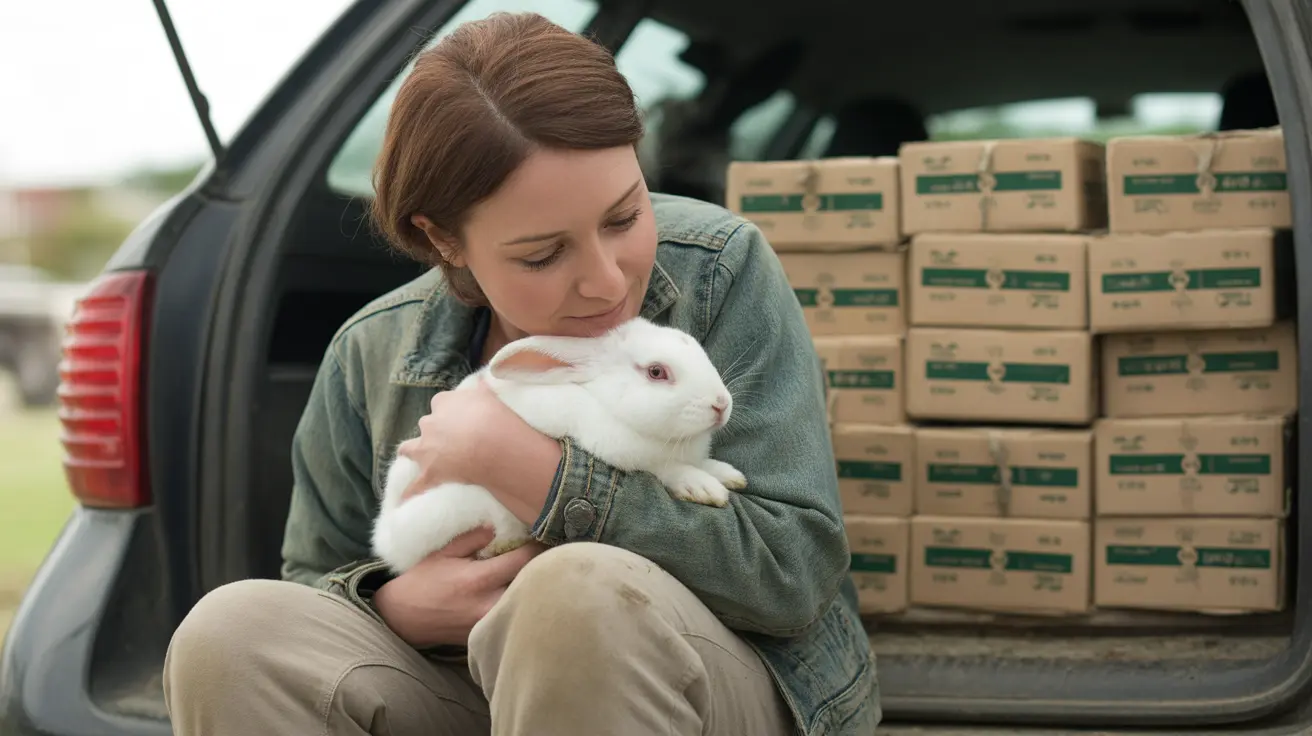A significant animal hoarding rescue operation has unfolded in Long Island, New York, where authorities have successfully removed more than 200 animals from what officials described as "deplorable" living conditions. The multi-species animal hoarding case, discovered in a Northport residence in Suffolk County, has highlighted the urgent need for awareness and intervention in such situations.
The rescue operation revealed a disturbing scene where numerous dogs, cats, and various wild animals were found living in concerning circumstances. This case represents one of the larger animal welfare interventions in recent Long Island history, demonstrating the complex challenges that animal hoarding situations present to both rescue organizations and local authorities.
Understanding the Scope of Animal Welfare Intervention
The discovery of this extensive hoarding situation required immediate action from local animal welfare organizations and law enforcement. The sheer number of animals involved - exceeding 200 - made this a particularly challenging rescue operation, requiring careful coordination among multiple agencies.
Health Risks Associated with Animal Hoarding
Multi-species animal hoarding presents significant health concerns for both the animals and humans involved. When multiple species are kept in overcrowded conditions, the risks of disease transmission increase substantially. Poor ventilation, inadequate sanitation, and overcrowding can create an environment where both animals and humans are exposed to dangerous health conditions.
Animal Hoarding Prevention and Recognition
Early recognition of animal hoarding situations is crucial for prevention. Some common indicators include:
- Excessive number of animals in a single residence
- Deteriorating living conditions
- Inability to provide basic care for all animals
- Denial about the animals' living conditions
- Progressive decline in property maintenance
The Role of Community Awareness
Community involvement plays a vital role in identifying and reporting potential animal hoarding situations. Neighbors and concerned citizens often serve as the first line of defense in detecting these cases before they escalate to severe levels.
Wildlife Rehabilitation Licensing Considerations
The presence of wild animals in this hoarding case raises additional concerns regarding proper licensing and care requirements. Proper wildlife rehabilitation requires specific permits and expertise, making these situations particularly complex for rescue organizations.
Mental Health Support in Animal Hoarding Cases
Understanding the mental health aspects of animal hoarding is crucial for both prevention and intervention. These cases often require a compassionate approach that addresses both the immediate needs of the animals and the underlying psychological factors affecting the hoarder.
Frequently Asked Questions
What are common signs of animal hoarding?
Signs include an unusually large number of animals, deteriorating living conditions, strong animal odors from the property, and reluctance to allow visitors inside the home. The presence of multiple species can make the situation particularly complex and dangerous for all involved.
How does animal hoarding affect health and safety?
Animal hoarding creates severe health risks through poor sanitation, increased disease transmission, and compromised air quality. Both animals and humans can suffer from respiratory issues, infections, and other health complications due to overcrowded living conditions.
How can community members report suspected animal hoarding?
Concerned individuals should contact their local animal control agency, humane society, or law enforcement. Document observations when possible, but never enter a suspected hoarding situation directly. Reporting can be done anonymously in most jurisdictions.
The successful rescue of these animals represents an important step toward their recovery and eventual rehabilitation. While the immediate crisis has been addressed, this case serves as a reminder of the importance of early intervention and community vigilance in preventing animal hoarding situations. The focus now turns to ensuring proper care and potential adoption opportunities for these rescued animals, while also addressing the complex factors that lead to such severe hoarding cases.






